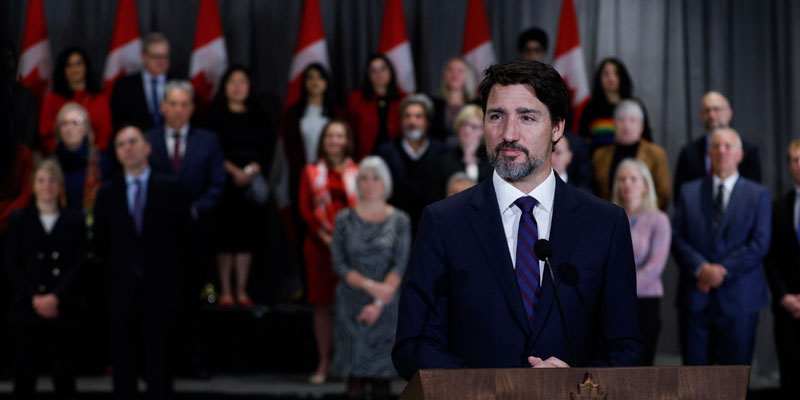Federal ‘stimulus’ spending will likely arrive late with minimal benefits

In today’s federal budget, the first in two years, the Trudeau government unveiled massive spending on stimulus measures, which it claims will help Canada “build back better.” Despite the $101 billion in proposed spending, there are several problems that may impede Canada’s recovery.
Stimulus typically refers to temporary government spending specifically meant to encourage economic growth in times of recession (though often not successfully). This budget’s stimulus initiatives include a suite of new spending initiatives that stretch the meaning of “stimulus.” Some of the main “stimulus” provisions include an extension of the Canada Emergency Wage Subsidy, expanded employment insurance and money for national daycare. The plan also includes programs that are permanent in nature and reads simply as an expansion of government spending by a different name.
In the budget, the Finance Minister Chrystia Freeland claims that Canada’s economy is poised to recover quickly and in fact references Canadian businesses “roaring back over the summer and fall.” Again, despite this, the government says the $101 billion in stimulus spending is required for “sustained economic recovery.” While the claim of more government spending to help the economy may sound appealing, economic research—and Canada’s past experience with infrastructure stimulus spending—indicate stimulus spending will likely arrive late and end up being wasteful.
On this very point, the Parliamentary Budget Officer recently warned that the size and timing of federal stimulus may be miscalibrated because the economy will have largely recovered by the time it arrives. Indeed, more than half ($52.1 billion) of planned spending will come in 2022/23 and 2023/24 and therefore will have no immediate effect on economic growth, which is the stated purpose of stimulus.
With this budget, the Trudeau government not only ignores the PBO warning but commits some of the same mistakes made by the Conservative government during the last recession. An extensive analysis of Canada’s economy following the 2008-09 recession concluded that the Harper government’s $47 billion stimulus package had little to do with the recovery. In reality, the 2009 recovery was fuelled by a rebound in private-sector consumption and investment. Despite this experience, today’s Liberal government is making a similar bet on stimulus.
More about the “stimulus” plan. It includes at least $10 billion in infrastructure-related projects. Despite “shovel ready” claims, government is almost never able to act quickly enough for this type of stimulus to have a positive effect on the economy. Again, the spending often arrives after the recovery has already begun, which results in the stimulus competing with the private sector, actually impeding economic growth.
One part of stimulus particularly attractive to policymakers is the idea that a dollar of stimulus spending creates more than a dollar in economy activity over time. However, economic research suggests this is not the case. Estimates vary, but most research suggests that each dollar of additional spending yields between $0.30 and $0.80 in benefits, meaning that stimulus actually impedes economic growth rather than promotes it.
At a time when federal spending (per capita) is at record highs, an injection of $101 billion in stimulus spending, much of which is outside the traditional definition of stimulus, will likely arrive late and generate minimal benefits. Simply put, of all policy options available to Ottawa to ensure a strong economic recovery and “build back better,” this is poor policy that ignores real-world experience.


